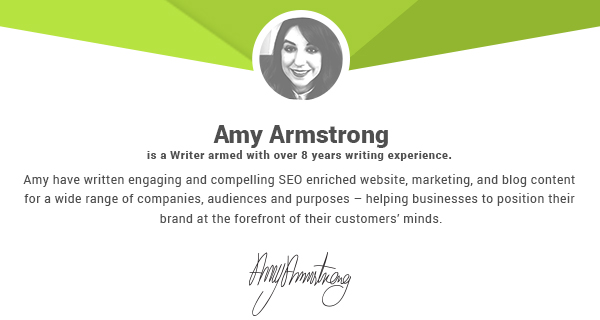EXHIBITION & EVENT
SIGNS
Christmas Print Essentials
CLOTHING
STATIONERY
PERSONALISED SWEETS
COVID-19 ESSENTIALS
With such a vast range of papers to choose from, selecting the right paper and print finish for your project can be an overwhelming decision, as you compare all of the different types, weights, finishes and textures.
When you’ve created something, whether that be a magazine, a piece of art, or a poster, you will no doubt have an idea in your head of how you want it to look once it’s printed. The perception and quality of your work can be hugely influenced by the paper you choose, so it’s important to do you research or look at samples. You don’t want to risk reducing the impact of a great piece of work!
So, the question is, what do you ask need to consider before you work is sent to be printed?
Firstly, you need to think about the basics and foundations of what your printed item is for. You need to consider the audience, where it will be used, what it is representing, and whether your audience is focused on being environmentally friendly.
1. The weight
The weight of your paper is an important factor to consider when it comes to both the presentation of your product and the cost.
Paper is measured in GSM (grams per square metre), which refers to the thickness of it. Measured from 0-400GMS, 400 is a thick paper that feels almost like card. It’s worth thinking about how you are showcasing your printed product because, if you’re sending it out in the post, the heavier it is, the more expensive it will be.
If you’re printing something like a magazine or a brochure, a higher GSM is ideal for the front and back cover, however, for the pages inside, you could use a lower GSM. If your paper needs to be folded to ensure it takes up minimal space, it’s better to opt for a lower GSM – this is how most pharmaceutical print is produced for example.

2. Gloss finish lamination
A gloss finish is usually associated with magazines, leaflets, and brochures as it has high-quality and luxurious look and feel.
This gloss lamination can only be used to cover the whole side of a document as the process of lamination is a thin plastic film applied to the paper. Although a gloss finish tends to be more durable and provide good protection, the reflective finish can cause glare that reduces the readability and shows fingerprints. This is why the inside pages of glossy magazines are usually dulled down.
3. Matte finish lamination
Matte lamination is minimally polished and will improve the readability of a page, this is why many traditional books use matte paper. It will flatten images and soften the design. Many high-end and independent magazines tend to use a matte finish as it differentiates them from the general glossy styles on the magazine stand.
4. UV Varnish
UV varnish can be provided in both gloss and matte too, but is applied differently from lamination.
The varnish is applied as a liquid and, as the pages are printed, they are exposed to ultra-violet lights. The ink instantly turns from a liquid to a solid and enables you to print on more papers effectively. As these varnishes dry immediately, it is seen as an eco-friendlier option that increases productivity and the overall quality of your product. UV varnishes are also provided in a variety of finishes such as glitter and colour-flip.
5. Spot UV
UV varnishes are great for creative projects as you can enhance specific areas to create a bigger impact. For example, you could have a different effect for the logo or a specific image on a page.
Overall, many factors will determine whether you choose lamination or UV varnish. If you’re unsure, you can order our sample pack to see and feel the differences before making your decision!
order our sample pack
